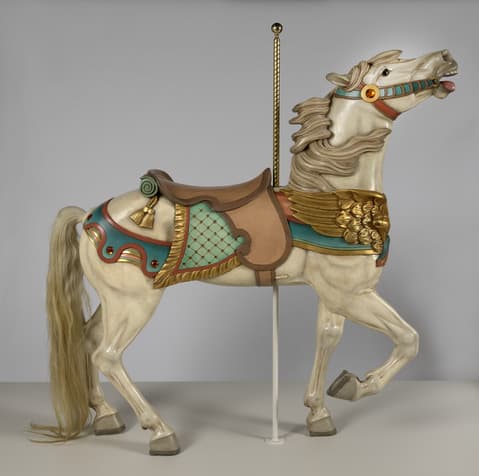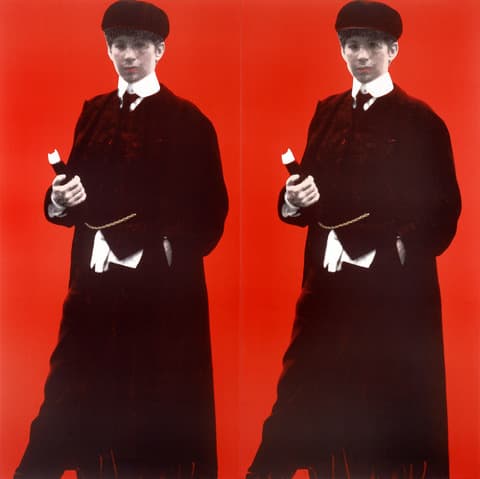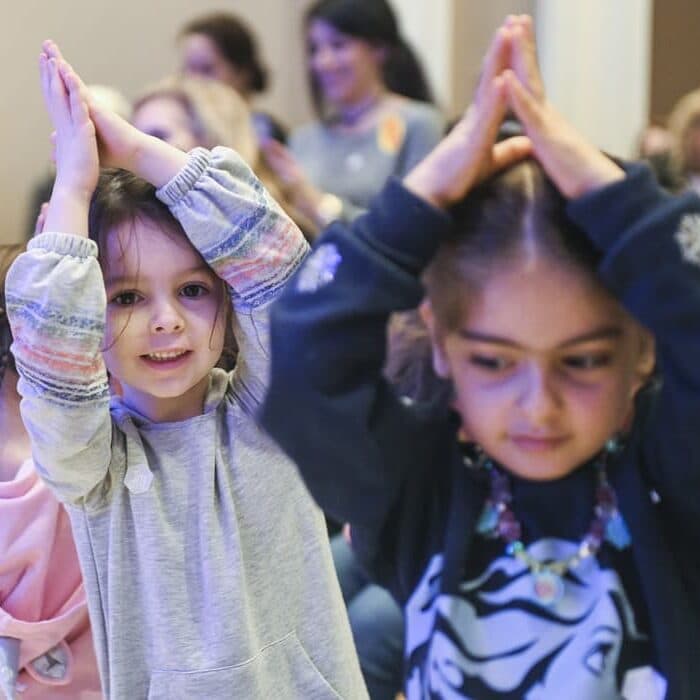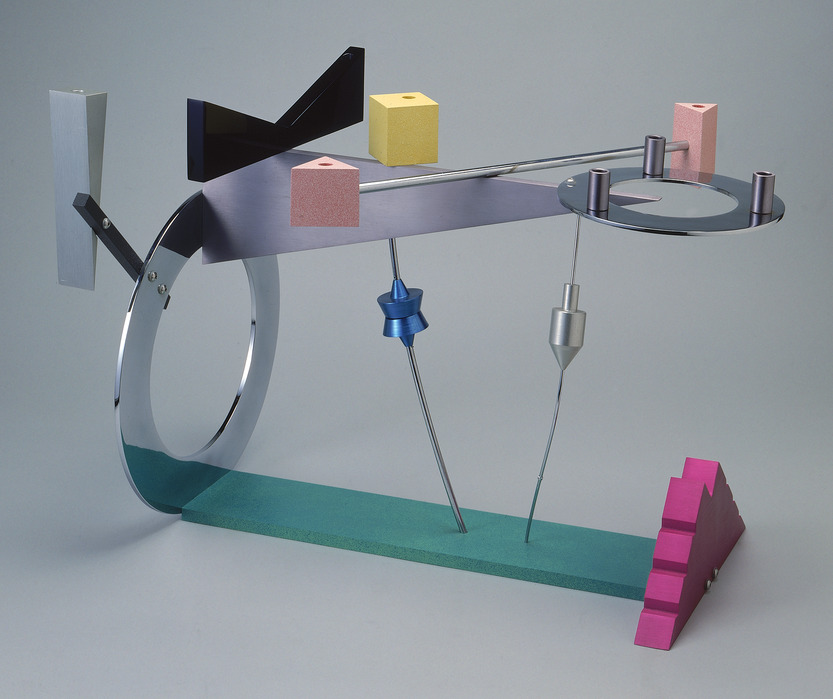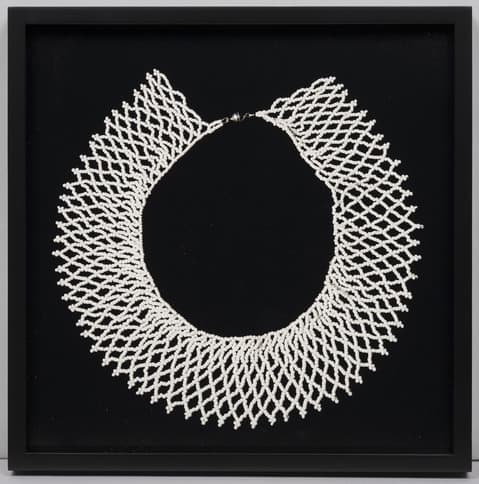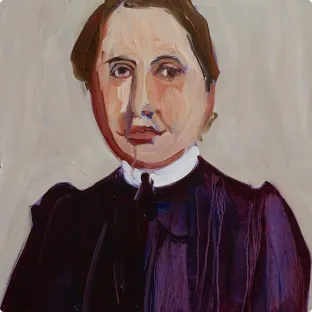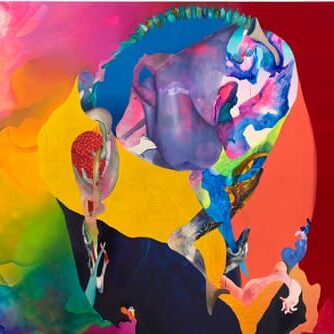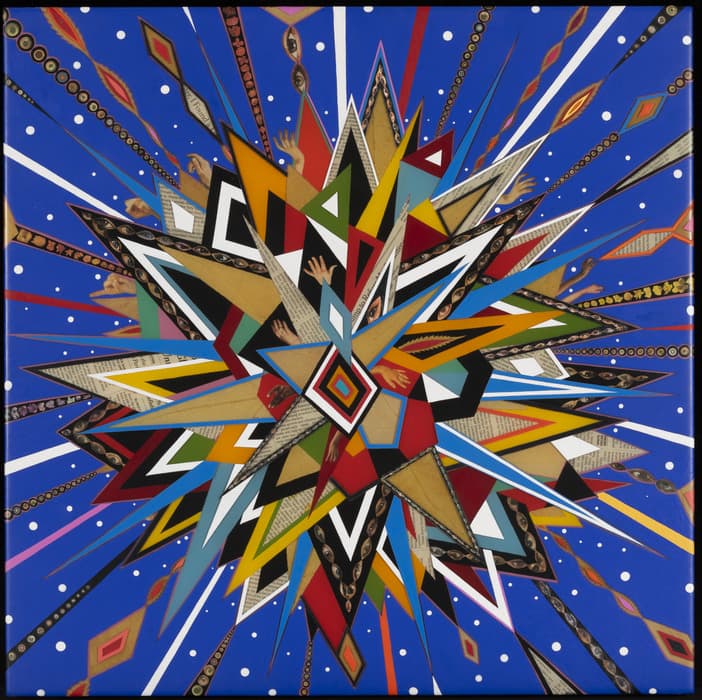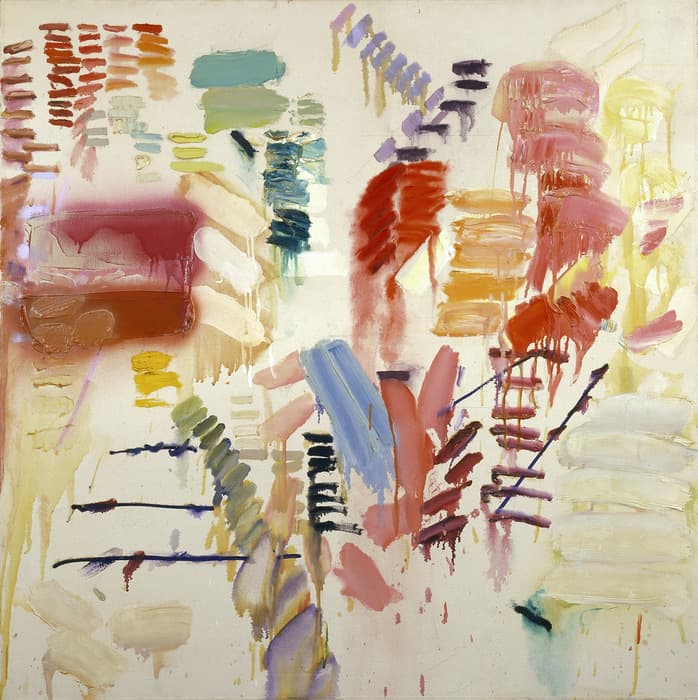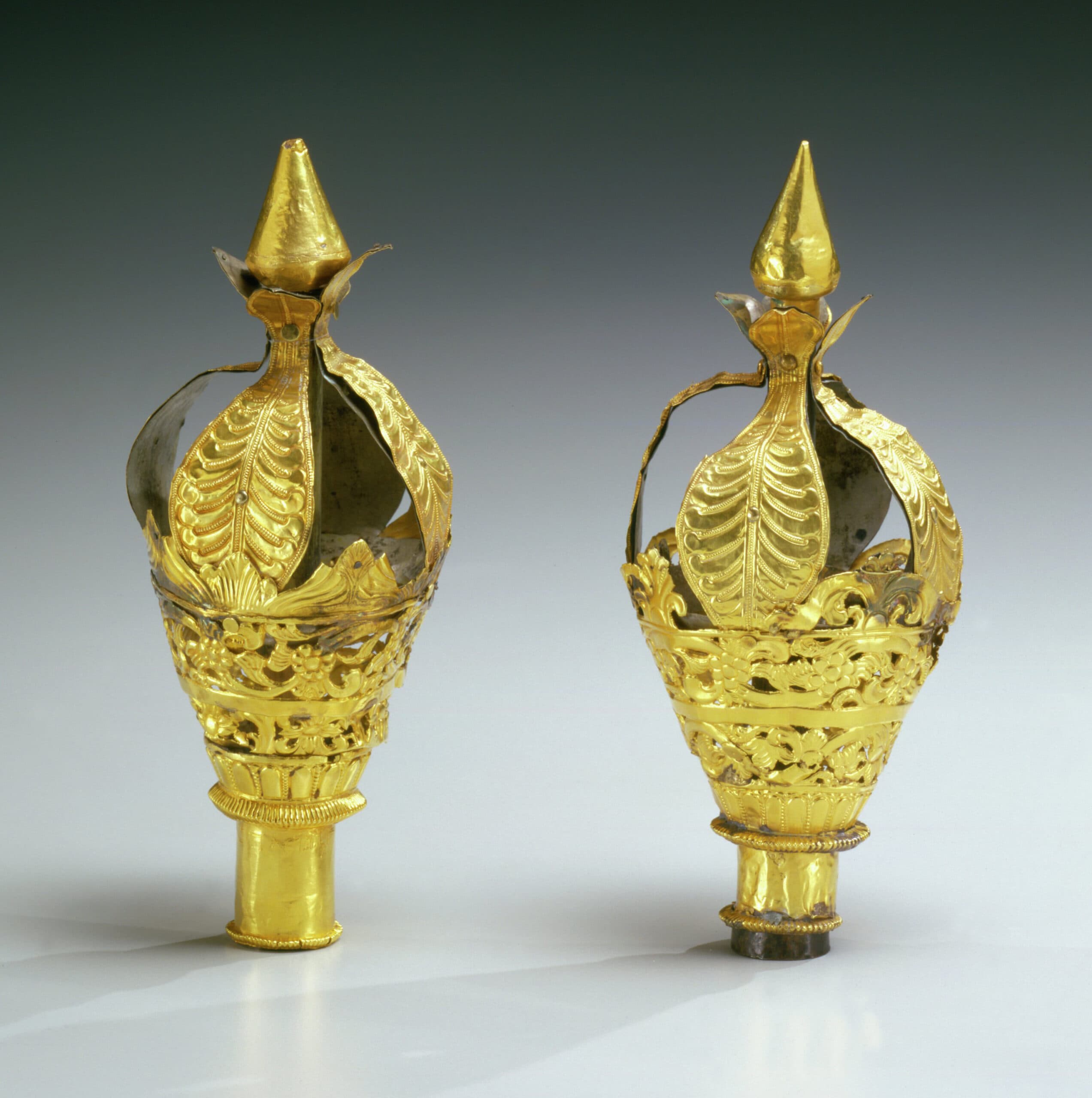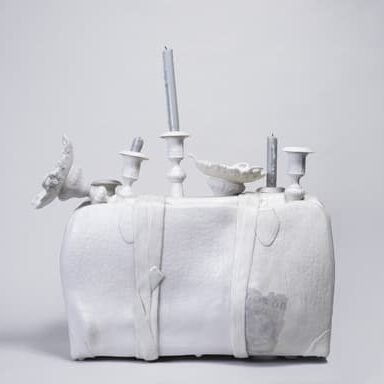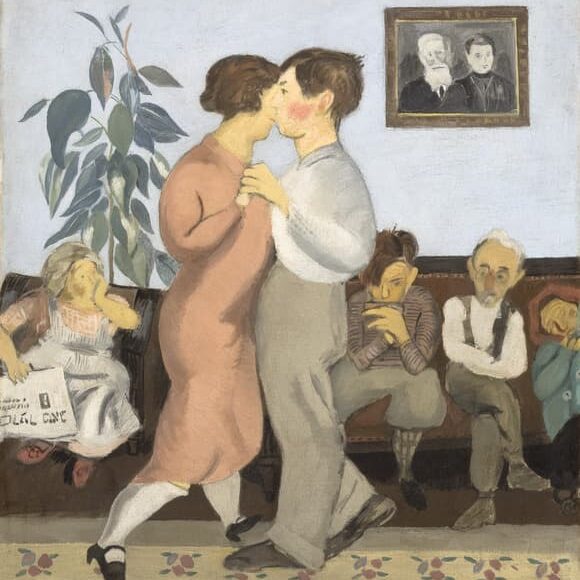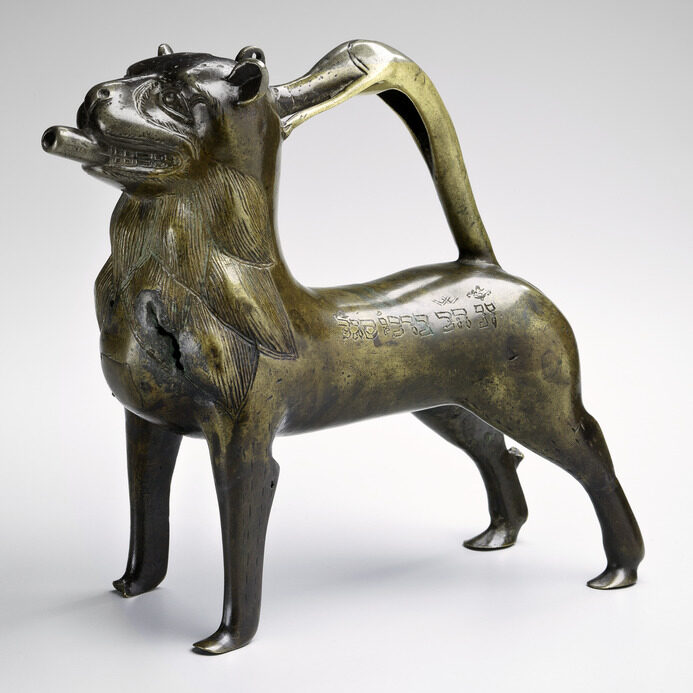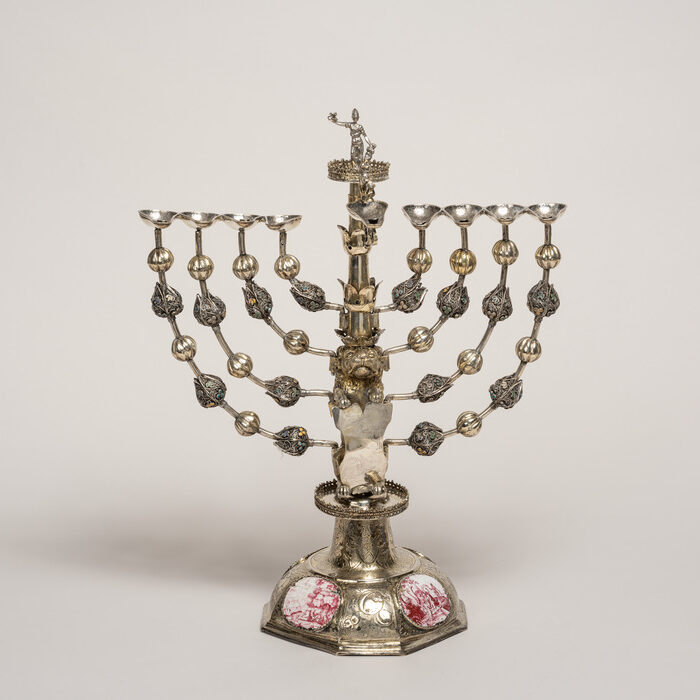Acclaimed Israeli-American Pianist Daniel Gortler in Recital at the Jewish Museum May 24
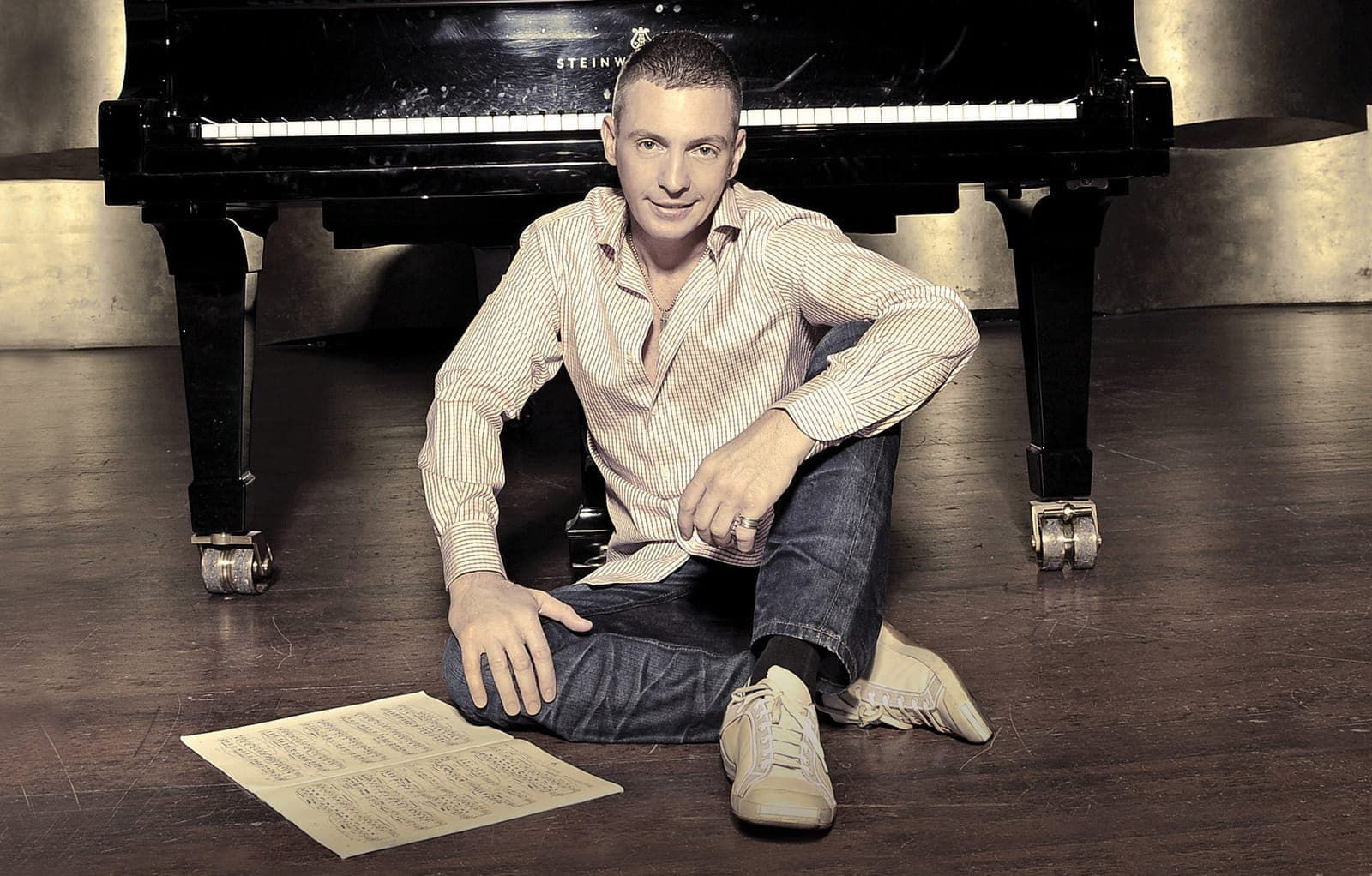
Theme and Variations Features Works by Corigliano, Mendelssohn, Beethoven, and Schumann
New York, NY, April 23, 2018 – The Jewish Museum will present Israeli-American pianist Daniel Gortler performing Theme and Variations, a concert honoring American composer John Corigliano’s 80th birthday, on Thursday, May 24 at 7:30pm. This is Mr. Gortler’s fourth recital at the Jewish Museum.
The concert program, which explores the idea of “variations on a theme,” features Corigliano’s Fantasia on an Ostinato together with Mendelssohn’s Variations sérieuses, Op. 54, Beethoven’s Piano Sonata No. 30 in E major, Op. 109, and Schumann’s epic Symphonic Etudes, Op.13 along with the five posthumous variations.
Tickets for the May 24 concert are $24 general; $18 students and seniors; and $14 Jewish Museum members. Further program and ticket information is available online at TheJewishMuseum.org/calendar or by calling 212.423.3337. The Jewish Museum is located at Fifth Avenue and 92nd Street, Manhattan.
The recital program will include:
Felix Mendelssohn (1809-1847)
Variations sérieuses, Op. 54
Published 1841
Ludwig van Beethoven (1770-1827)
Piano Sonata No. 30 in E major, Op. 109
Published 1820
Vivace ma non troppo – Adagio espressivo
Prestissimo
Gesangvoll, mit innigster Empfindung. Andante molto cantabile ed espressivo
John Corigliano (b. 1938)
Fantasia on an Ostinato
Published 1985
Intermission
Robert Schumann (1810-1856)
Theme and Variations, Symphonic Etudes Op. 13
(with the 5 Posthumous Variations )
Published 1837/1852
Felix Mendelssohn: Variations sérieuses, Op. 54
This is Mendelssohn's most-often performed substantial piano work. The solemn theme evokes baroque keyboard music and reflects Mendelssohn's admiration of J.S. Bach. Seventeen miniature, wide-ranging variations follow in little more than ten minutes. The texture resembles a Bach chorale harmonization with its busy inner parts and chromatic richness. This gives a clue to Mendelssohn’s particular blend of old and new, of compositional strength and the pianistic means to express that substance.
Ludwig van Beethoven: Piano Sonata No. 30 in E major, Op. 109
This late piano sonata by Beethoven shows characteristics of his last creative phase, including rich harmonic structures, a fascination with intricate counterpoint, and strict adherence to classical and baroque forms. The three-movement sonata is an imaginative journey between contradictory emotional states that arrive, in the end, at a reconciliation of opposites in a theme and variations finale.
John Corigliano: Fantasia on An Ostinato
John Corigliano has said about his work, “Fantasia on an Ostinato is based on a famous repetitive passage by Ludwig van Beethoven (Symphony No. 7, second movement). That music is unique in Beethoven's output because of a relentless ostinato that continues, unvaried except for a long crescendo and added accompanimental voices, for over four minutes. Beethoven's near-minimalistic use of his material and my own desire to write a piece in which the performer is responsible for decisions concerning the durations of repeated patterns led to my first experiment in so-called minimalist techniques.”
Robert Schumann: Symphonic Etudes, Op. 13
Though Schumann’s affair with his fiancée Ernestine von Fricken was short-lived, her presence is implicit in the Symphonic Etudes in the Form of Variations, Op. 13, first published in 1837. Ernestine's father, Baron von Fricken, wrote the theme on which the variations are based. When Schumann first considered this theme, he thought of it as a kind of funeral march, and set out to write a set of “pathetique” variations on it. But by the time it was published, it had taken on a different character. It became a series of twelve etudes, most of which are variations on the theme, conceived symphonically in a Beethovenian-inspired fashion with a determination to render orchestral colors on the piano. This work never settled into a final, permanent form. Two printed editions were published during Schumann’s lifetime. Daniel Gortler will perform the 1852 version, with the addition of five Posthumous Variations, edited and published by Brahms after the composer's death.
Daniel Gortler has performed as soloist with orchestras around the world, including the Berlin Radio Symphony, the Bavarian Radio Symphony, NDR Symphony, North-West German Philharmonic, Bochum Symphony, and Orchestre de la Suisse Romande, as well as the Houston, San Francisco, New World, Atlanta and San Jose Symphony Orchestras. In addition, he has also performed with the Israel Philharmonic Orchestra as well as all orchestras in his home country of Israel. Other highlights include his debut with the London Philharmonic Orchestra, recital at Wigmore Hall in London and tours in South Africa, Brazil, South Korea, and Turkey, In the U.S., Daniel Gortler recently performed recitals at the Cleveland Museum of Art in Cleveland and in New York at Symphony Space, Rubin Museum, Lincoln Center, the Metropolitan Museum of Art, the 92nd Street Y, The Morgan Library & Museum, New York University, and Rockefeller University. Gortler has collaborated with esteemed conductors including Zubin Mehta, Christoph Eschenbach, Michael Tilson Thomas, Valery Gergiev. Yoel Levi, Franz Welzer-Most, Justus Frantz, Manfred Honeck, Steven Sloane, Mendi Rodan, Yoav Talmi, Noam Sheriff, Yuri Ahronovich, Leonid Grin, Dan Ettinger and Ilan Volkov. He has appeared at the Houston Summer Festival, Israel Festival and the Montpellier, Luzern, Schleswig-Holstein and the Verbier Music Festivals. He has also participated in a video recording of Mark Neikrug’s Through Roses collaborating with Pinchas Zukerman.
Support
Public programs are made possible, in part, through public funds from the New York City Department of Cultural Affairs in partnership with City Council and the New York State Council on the Arts with the support of Governor Andrew M. Cuomo and the New York State Legislature.
Press contacts
Anne Scher, 212.423.3271 or [email protected]
General Press Inquiries: 212.423.3271 or [email protected]
